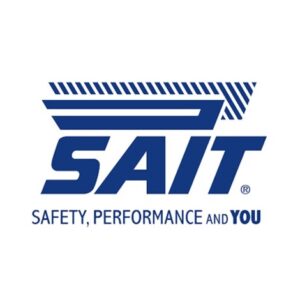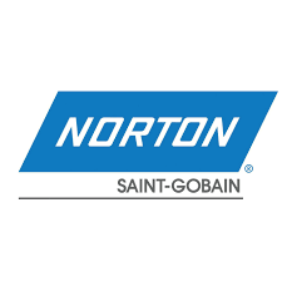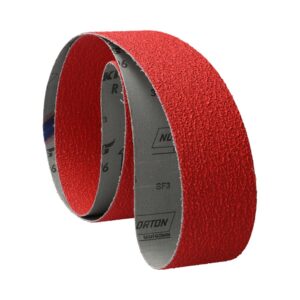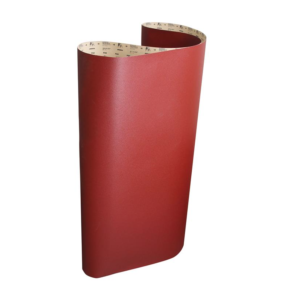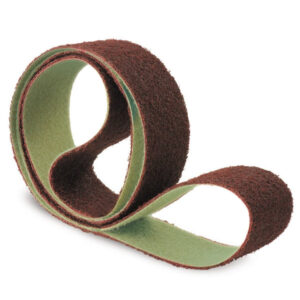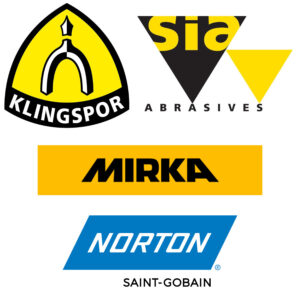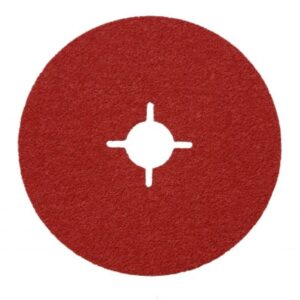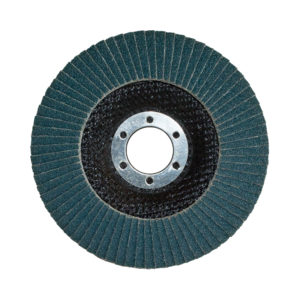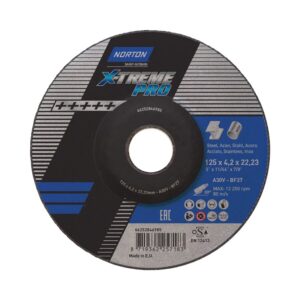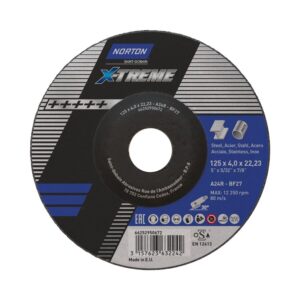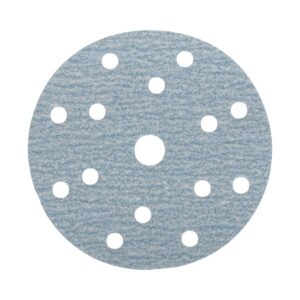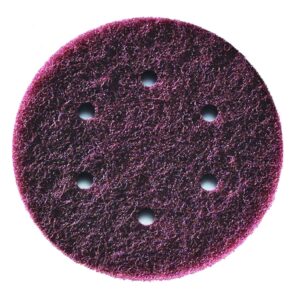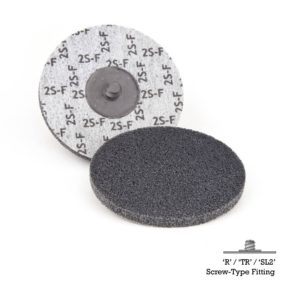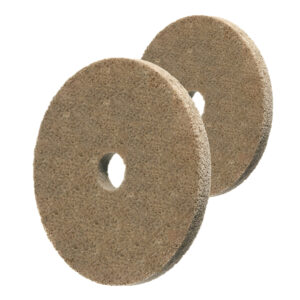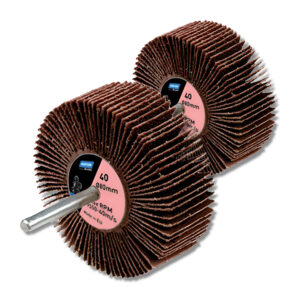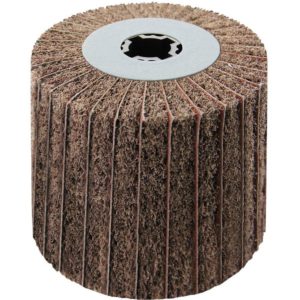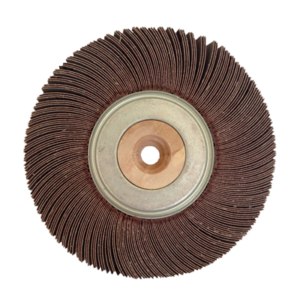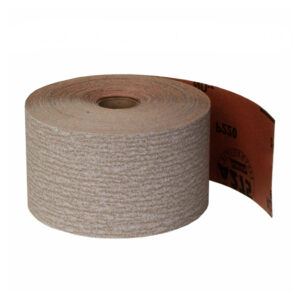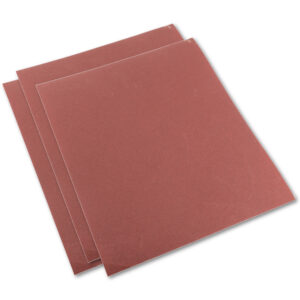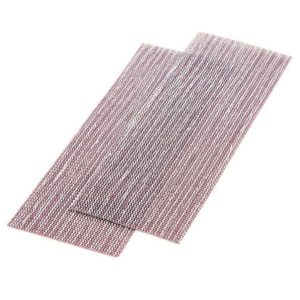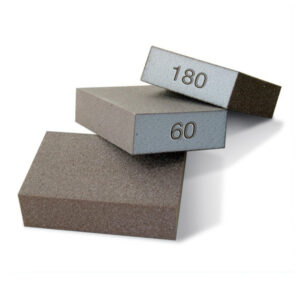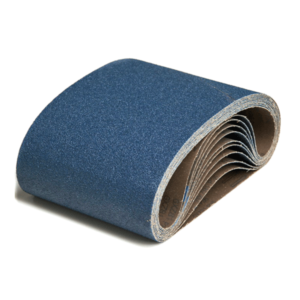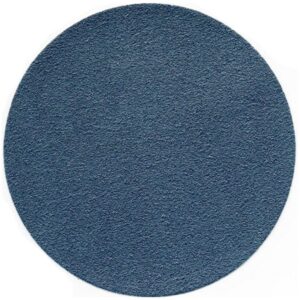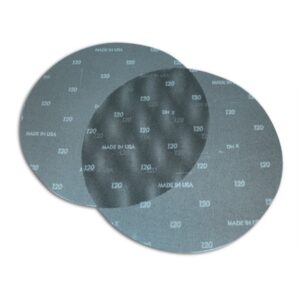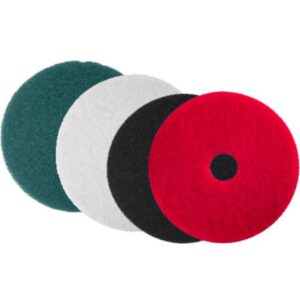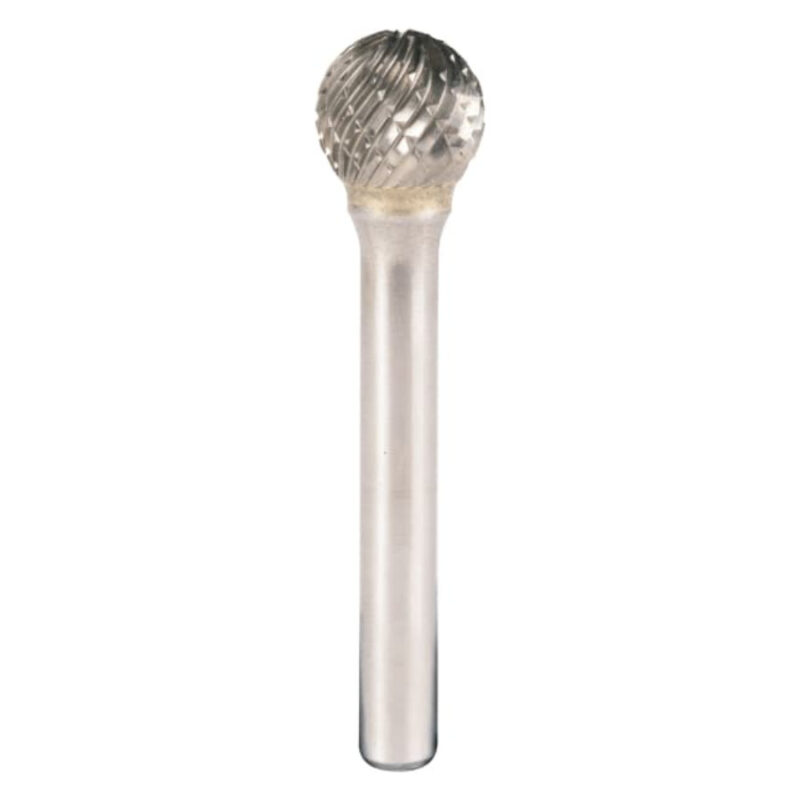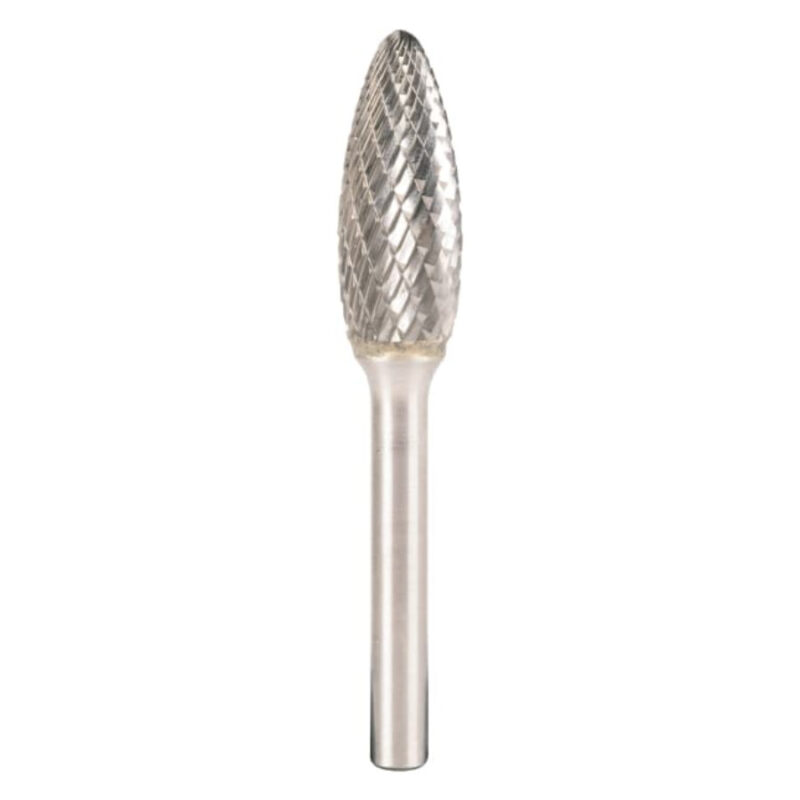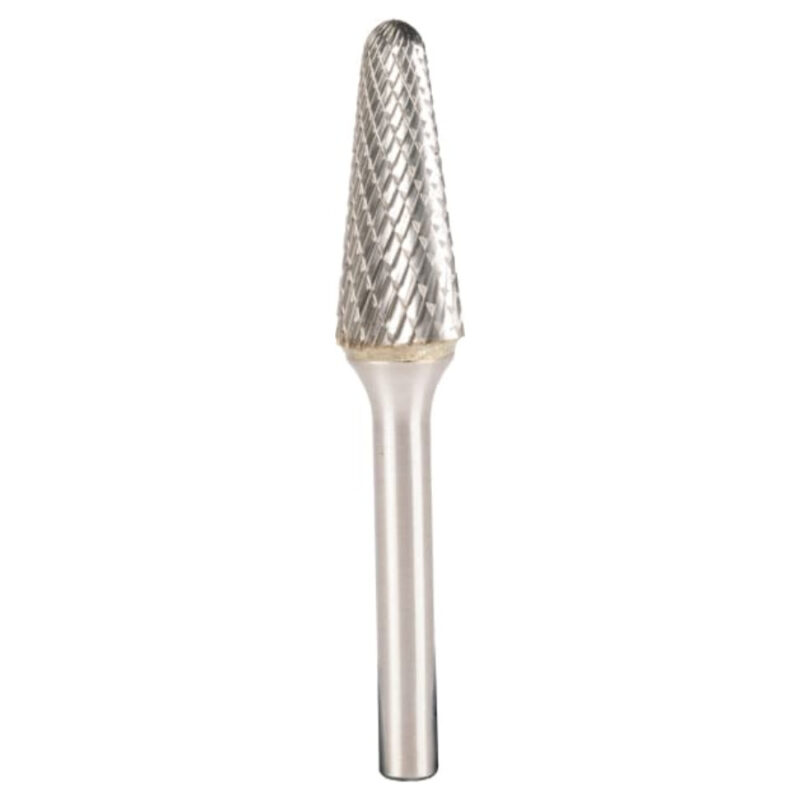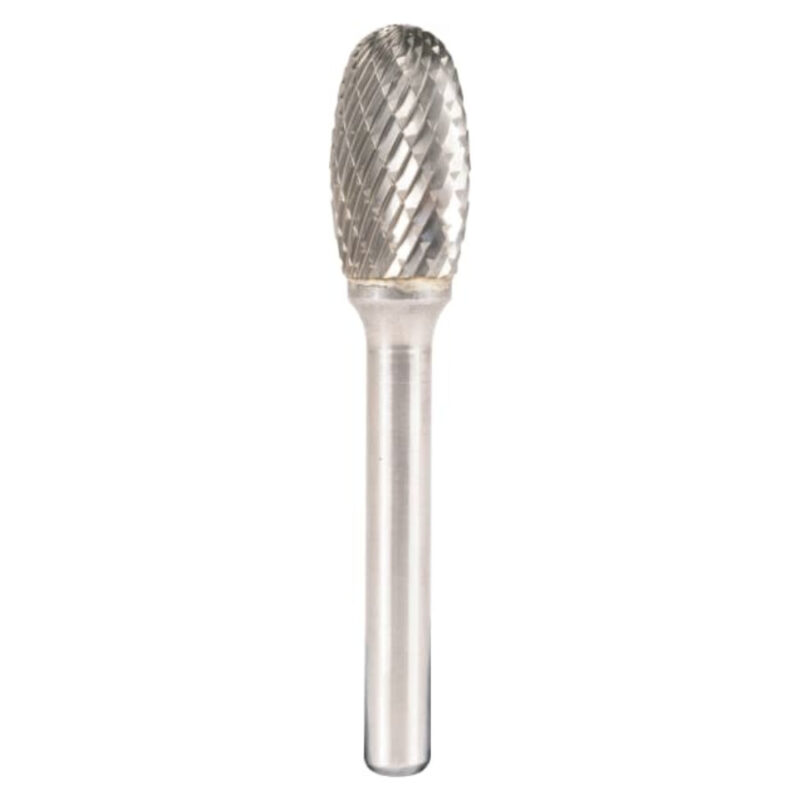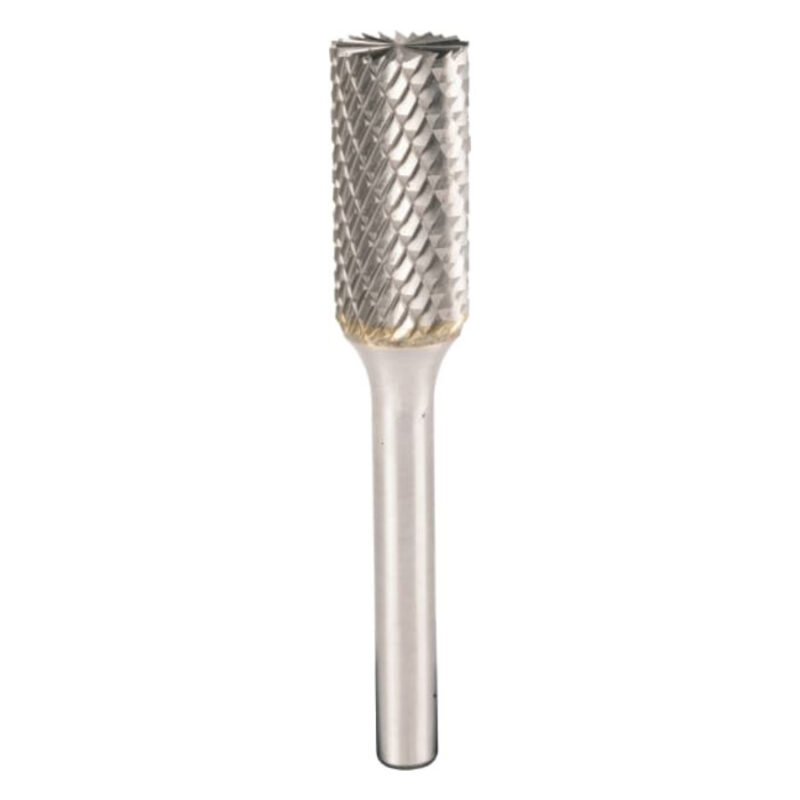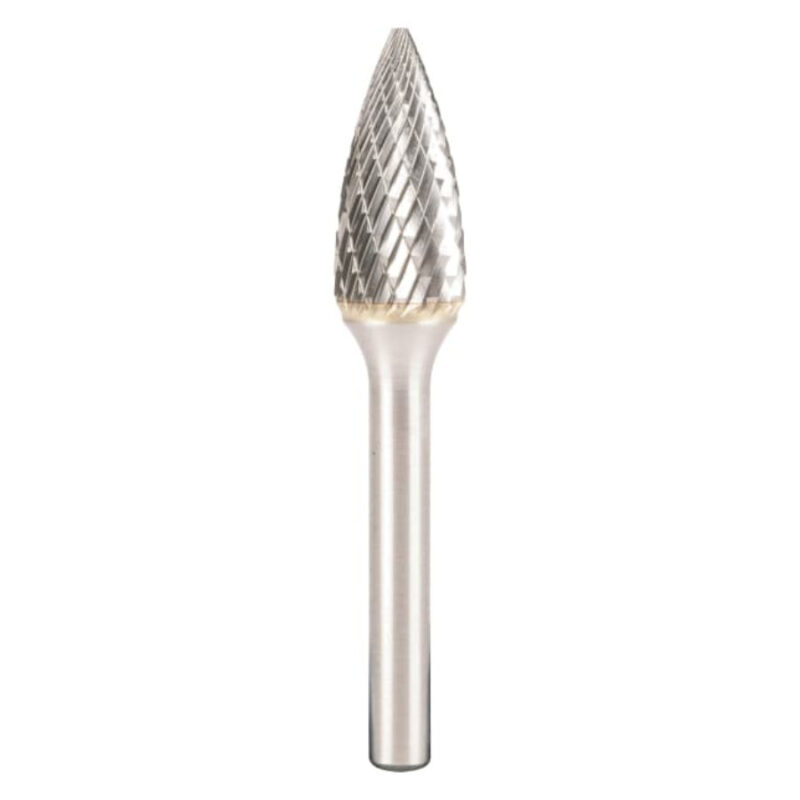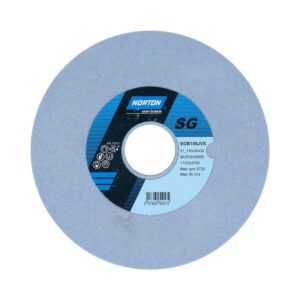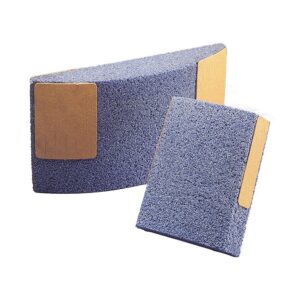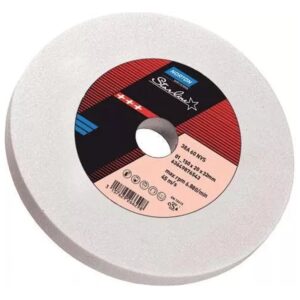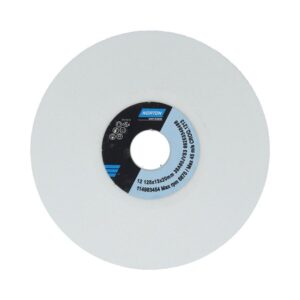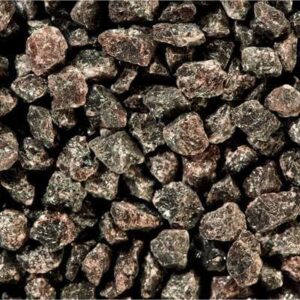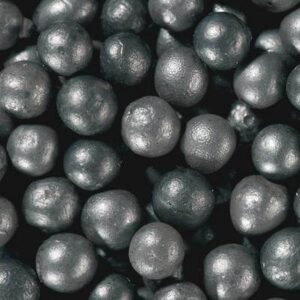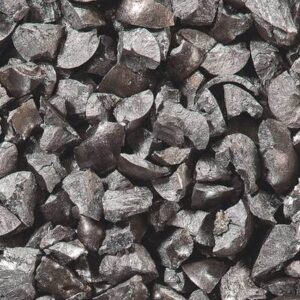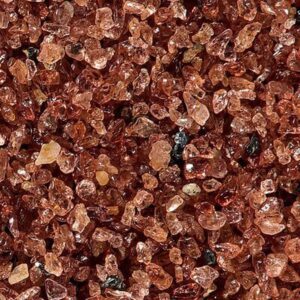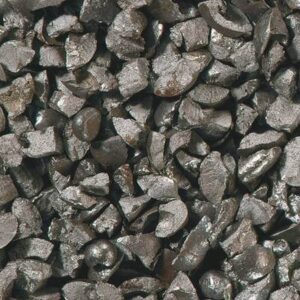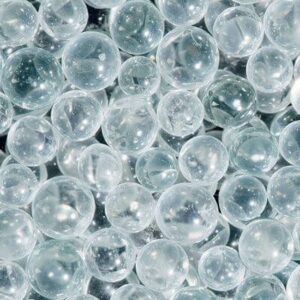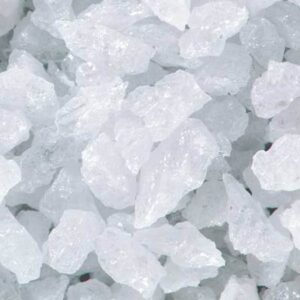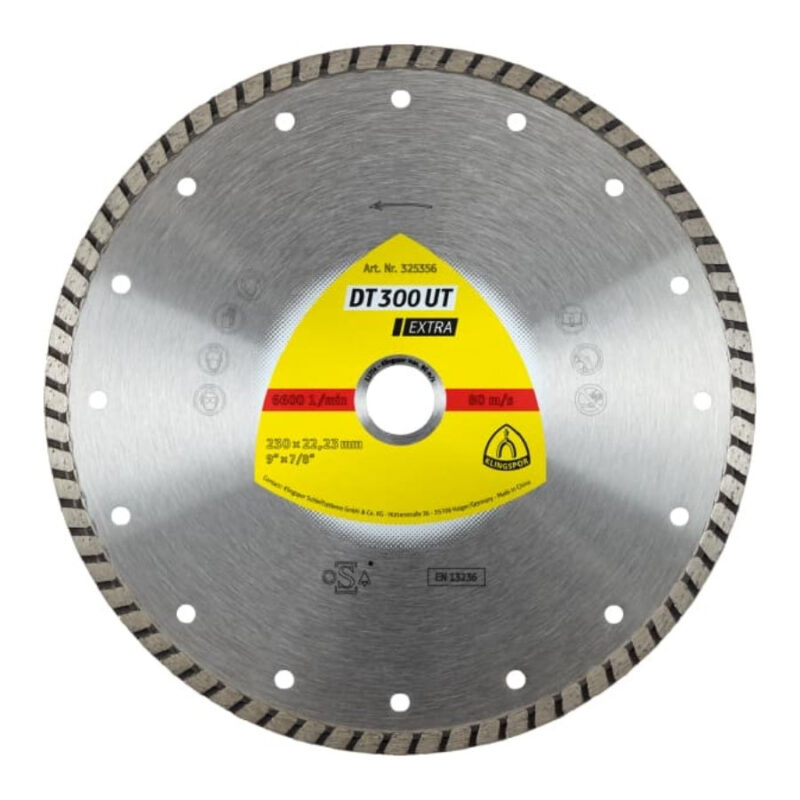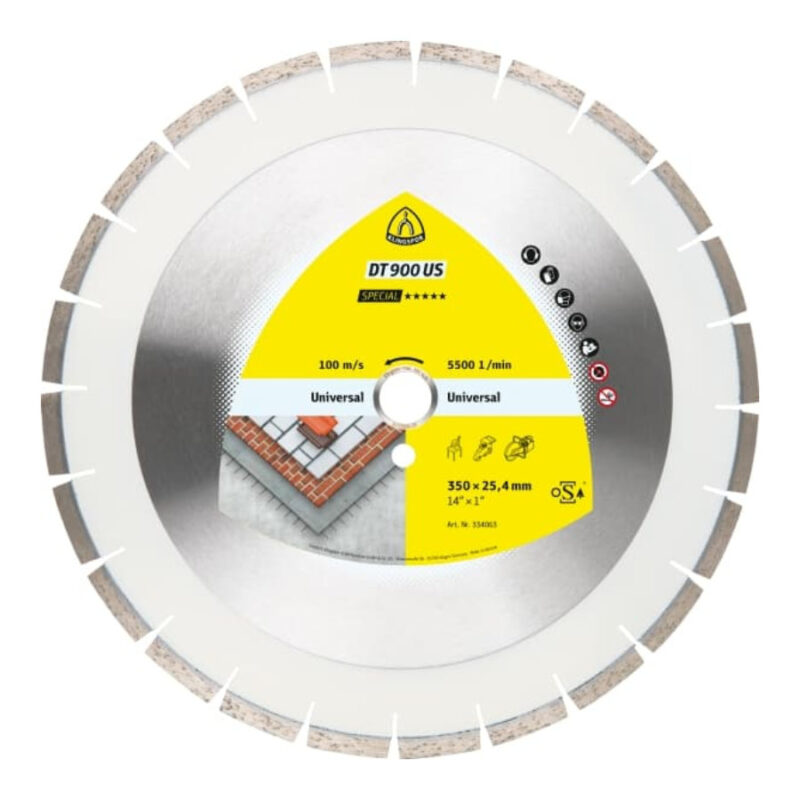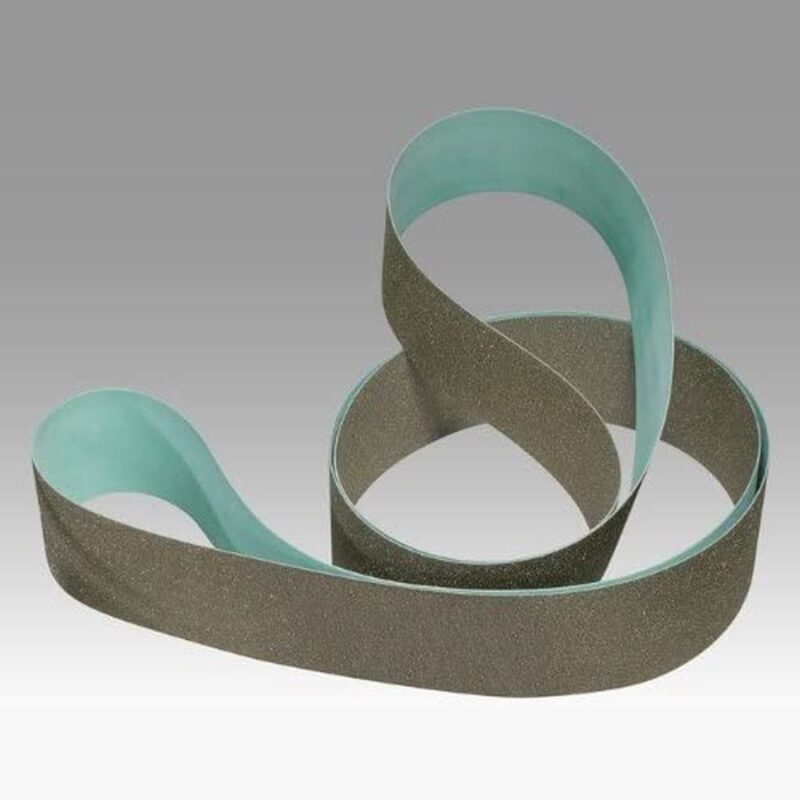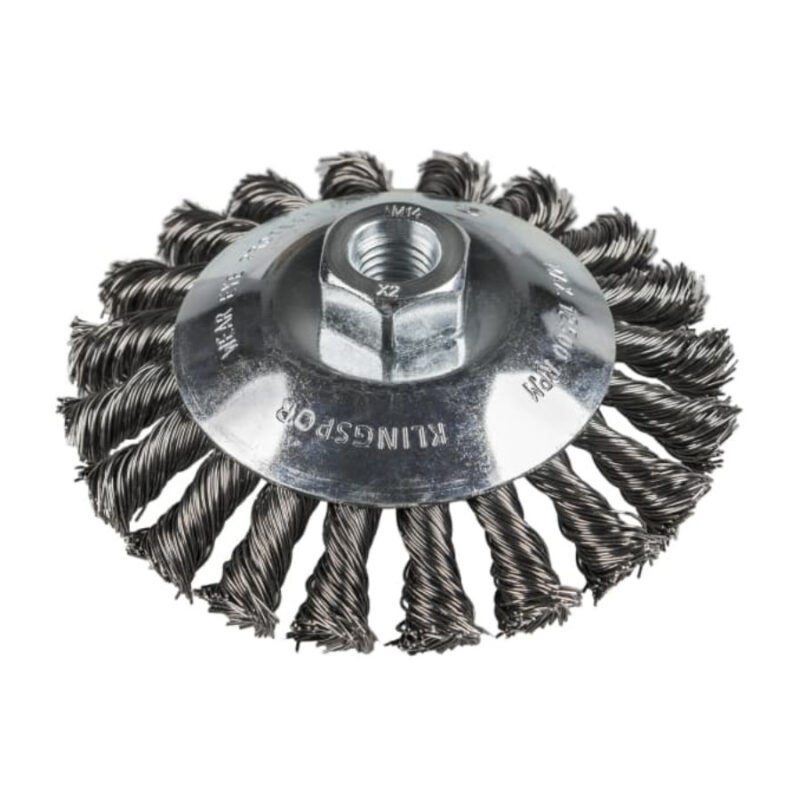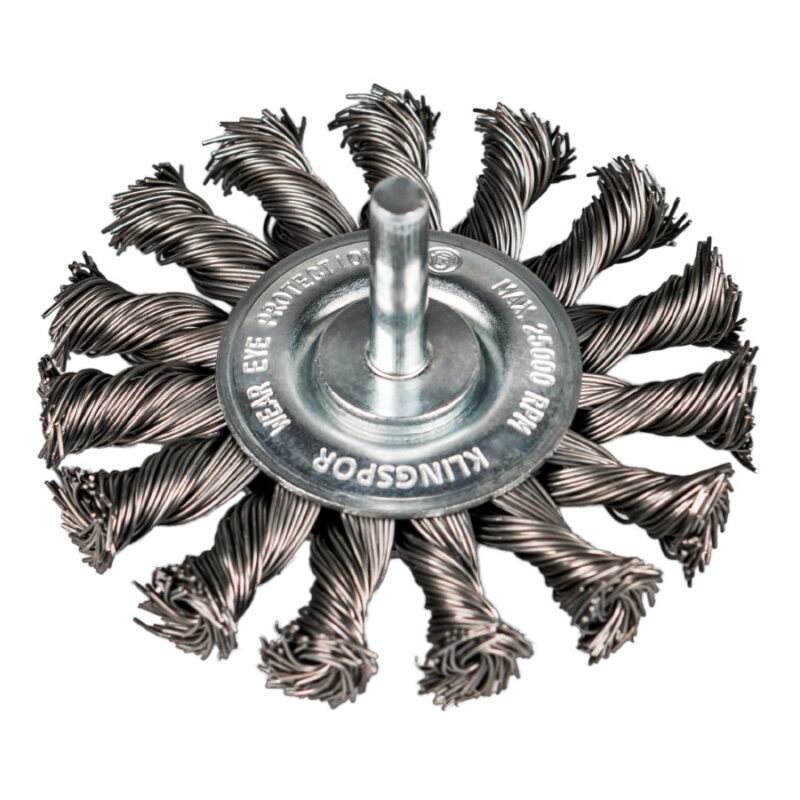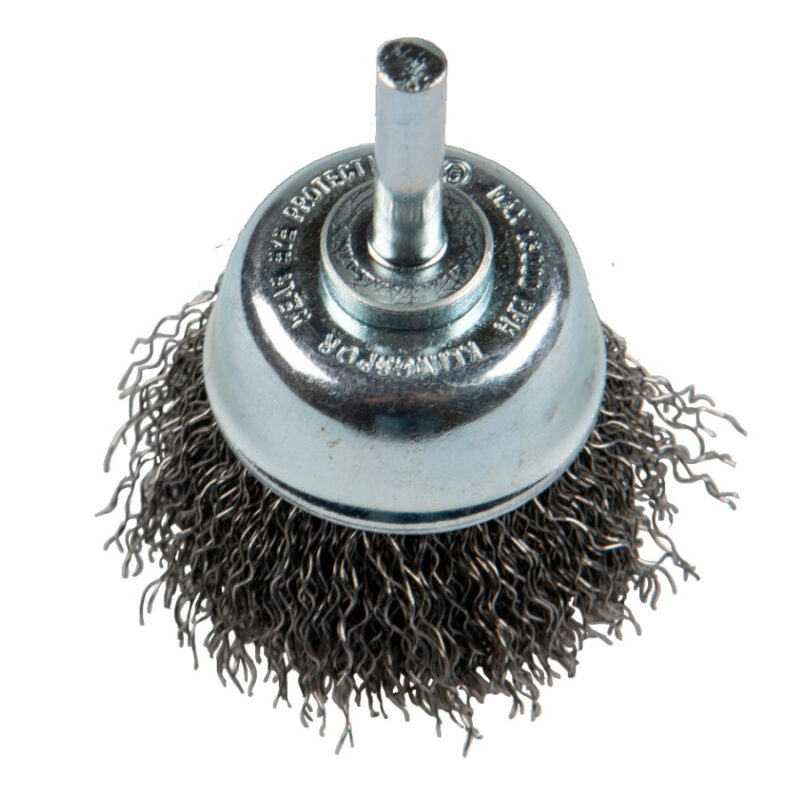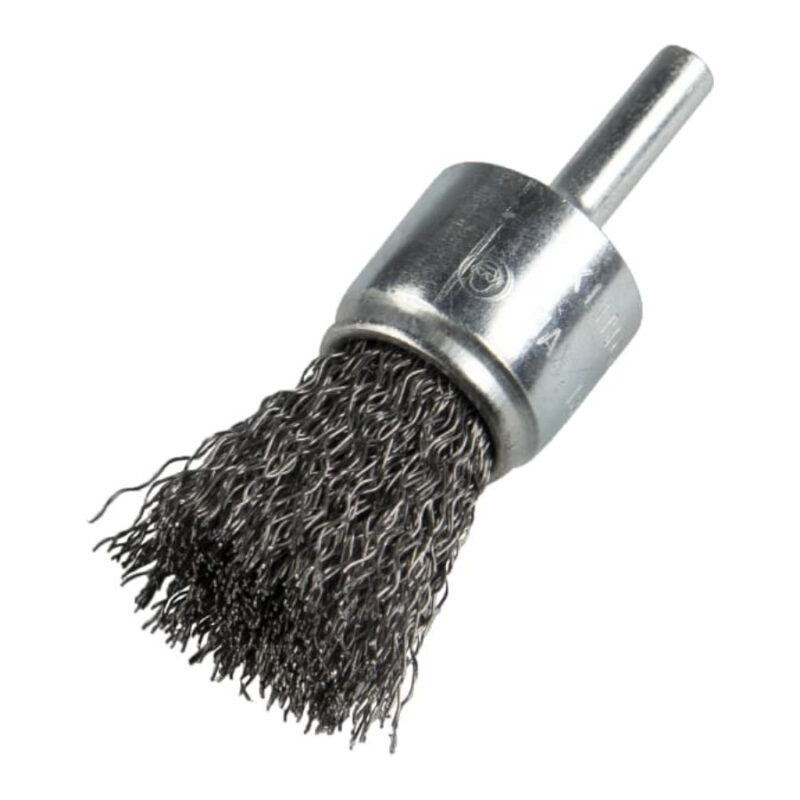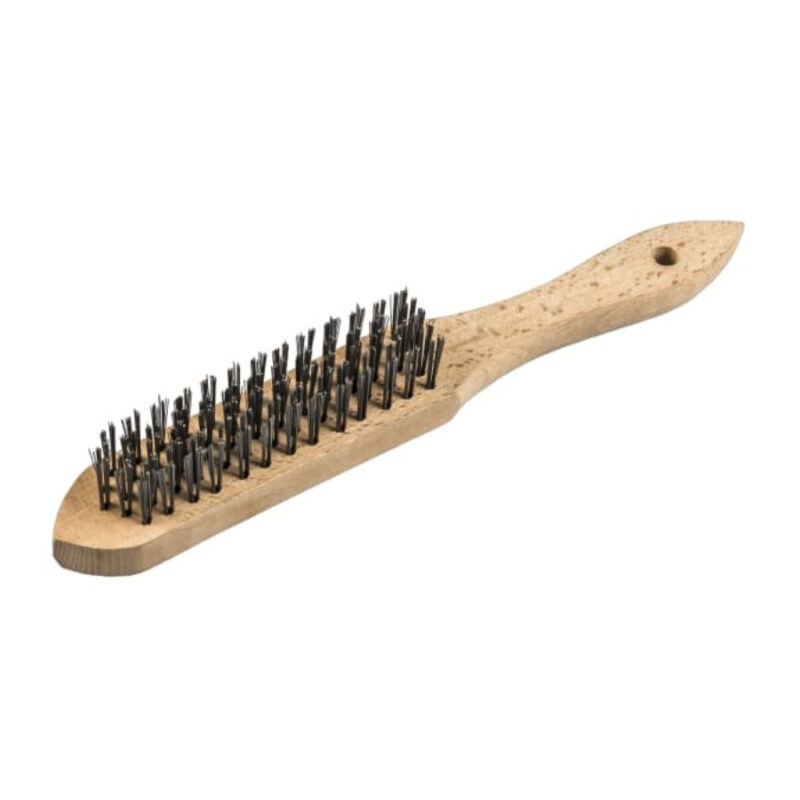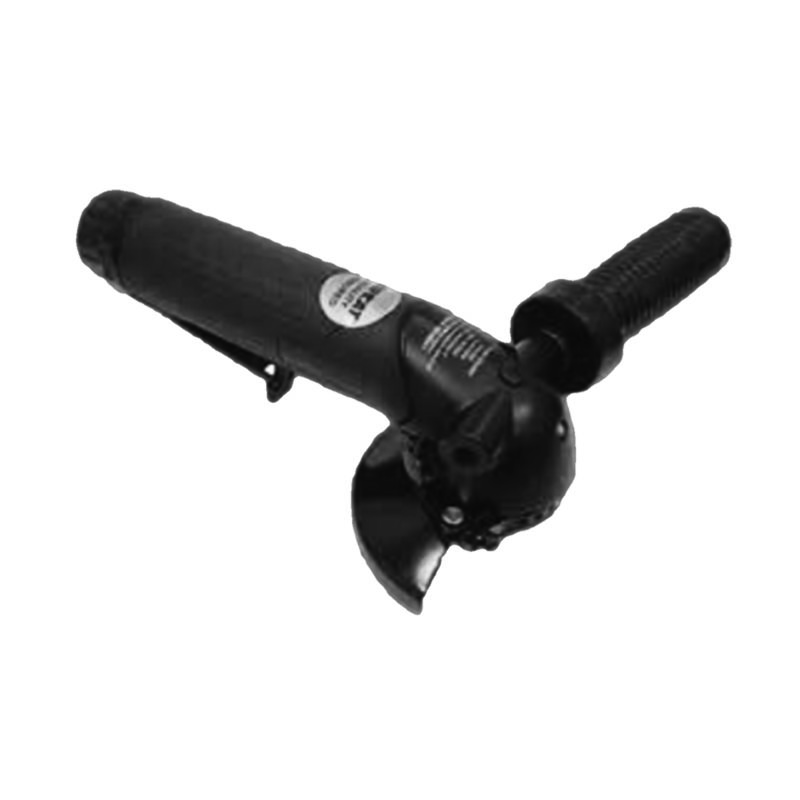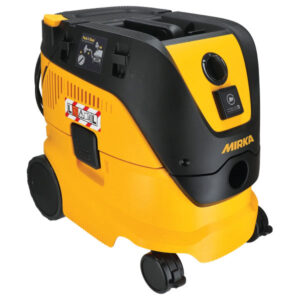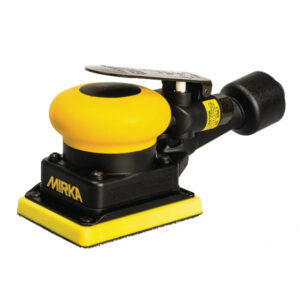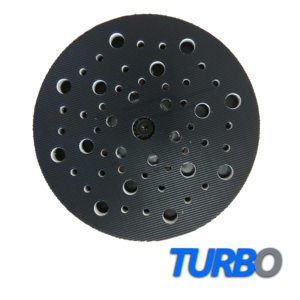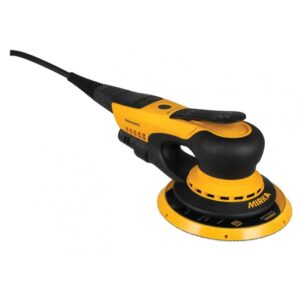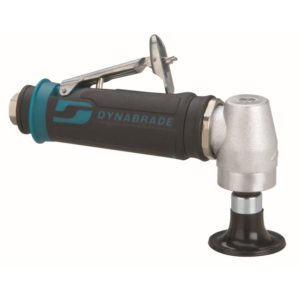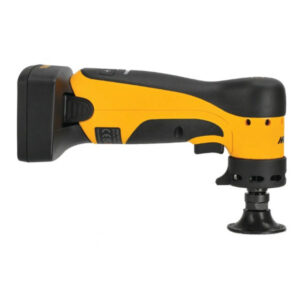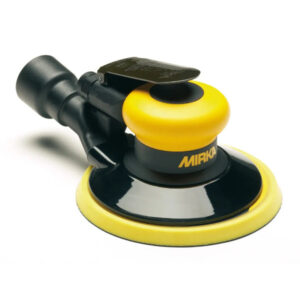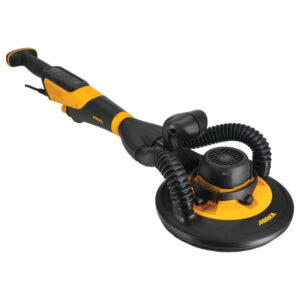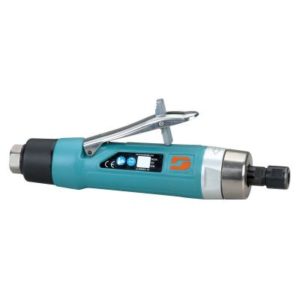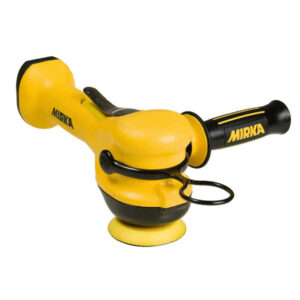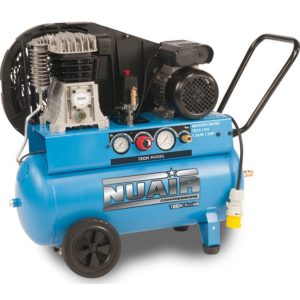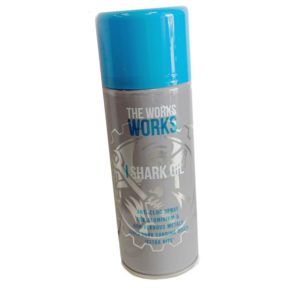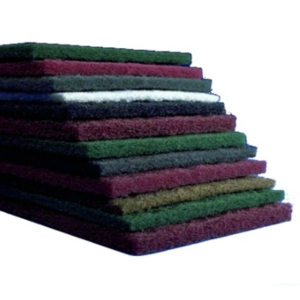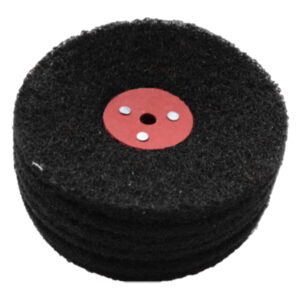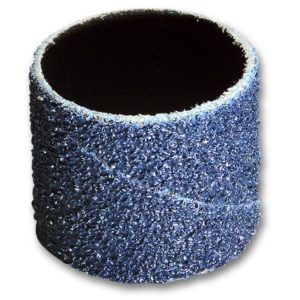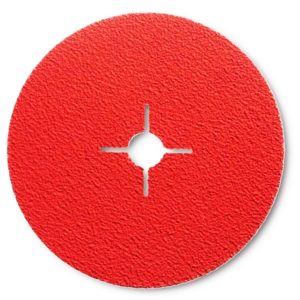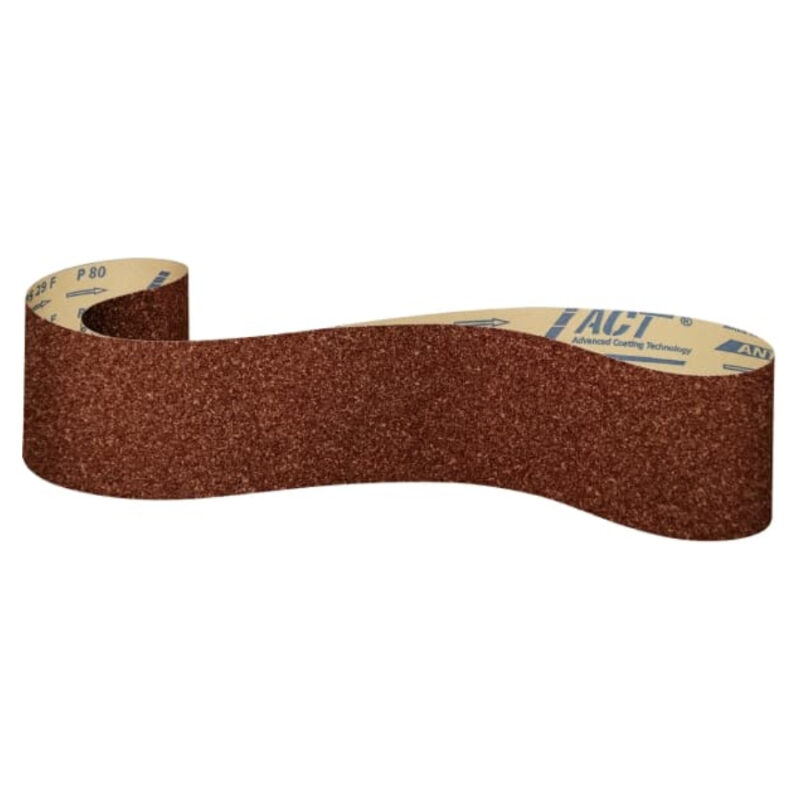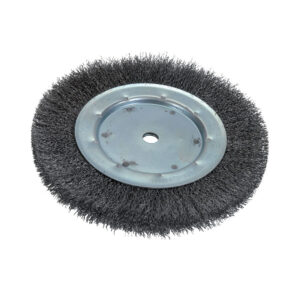Plastics/Composites
When it comes to sanding or grinding plastics, GRP (glass-reinforced plastics), and composites, it is important to select the right abrasive to ensure a quality finish without damaging the material. The type of abrasive required will depend on the type of plastic or composite being worked on.
For softer plastics such as polycarbonate, acrylic, and ABS, it is recommended to use abrasives with a fine grit size to avoid melting or smearing the material. Sanding discs and belts with silicon carbide abrasive are commonly used for this purpose. A flexible abrasive such as a foam-backed abrasive pad can be used to reach contoured surfaces and edges, and to prevent the material from being damaged due to excessive pressure.
For harder plastics such as PVC, PET, and nylon, abrasives with a medium grit size can be used to achieve a smooth finish without causing damage. Aluminium oxide abrasives are commonly used for this purpose, as they are durable and long-lasting. A sanding belt or disc with a cloth backing can be used to provide extra support and prevent the material from being damaged due to excessive pressure.
GRP and composites require a different approach to plastics, as they contain a fibreglass reinforcement that can be damaged by the wrong type of abrasive. For initial grinding or removal of material, a ceramic abrasive such as zirconia or ceramic alumina can be used. These abrasives are very hard and durable and can handle the tough material without causing damage to the fibreglass. A flexible abrasive pad or a flap disc can be used for finishing and polishing the surface of the GRP or composite.
It is important to note that the type of abrasive used should also be matched to the type of tool being used. For example, a disc sander is suitable for flat surfaces, while an angle grinder is better for contoured surfaces and edges. Different types of tools also require different types of abrasives, and selecting the wrong abrasive can result in damage to the material or the tool itself.
When working with plastics, GRP, and composites, it is also important to consider the dust generated during sanding or grinding. The dust can be harmful if inhaled and can cause respiratory problems. To protect the user and maintain a clean work environment, it is recommended to use a dust extraction system or wear a suitable respirator.
In addition to selecting the right abrasive, it is also important to follow proper safety procedures when sanding or grinding plastics, GRP, and composites. It is recommended to wear eye and ear protection, as well as gloves to protect against cuts and abrasions. The work area should be well-ventilated and free of any flammable materials, as the friction generated during sanding or grinding can create heat and sparks.
In summary, when working with plastics, GRP, and composites, it is important to select the right abrasive to achieve a quality finish without causing damage to the material. The type of abrasive required will depend on the hardness of the material, and the type of tool being used. It is also important to follow proper safety procedures and consider the dust generated during sanding or grinding. By selecting the right abrasive and following proper safety procedures, a quality finish can be achieved without compromising the safety of the user or the material being worked on.




